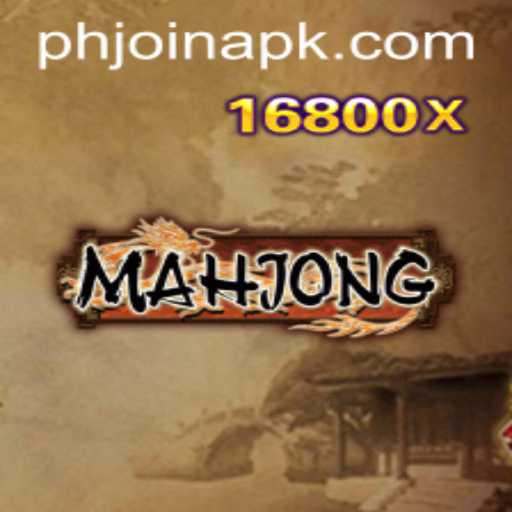Discover the rich history and rules of Mahjong, a traditional and strategic tile-based game.
Exploring the World of Mahjong
Mahjong, a game rich in history and cultural significance, has captivated players around the globe for centuries. Originating from China, it is a tile-based strategy game that requires skill, calculation, and a bit of luck. The game is typically played by four players and features a set of 144 tiles, although some regional variations exist.
The Origins and Historical Journey of Mahjong
The origins of Mahjong are somewhat shrouded in mystery, with varying stories recounting its beginnings. Some suggest it was derived from earlier Chinese card games during the Qing dynasty, while others argue it could have been inspired by traditional Chinese tabletop games involving tiles.Nonetheless, Mahjong became increasingly popular in the late 19th century, and by the early 20th century, it had spread beyond the borders of China, reaching audiences in Japan, America, and eventually the rest of the world.
Its spread to Western countries was largely due to its introduction by Chinese immigrants and Western enthusiasts who encountered the game during travels in Asia. In the 1920s, Mahjong fever took America by storm, leading to the publication of various books on strategies and rules, which helped to standardized gameplay in Western contexts.
Understanding the Game of Mahjong
The setup of Mahjong involves a set of tiles that comprises three suits: Bamboo, Circles, and Characters. Each suit contains tiles numbered from 1 to 9. In addition to these, there are Special Honor tiles, which includes four Wind tiles (East, South, West, North) and three Dragon tiles (Red, Green, White). Certain variations of Mahjong also include special bonus tiles: Flowers and Seasons.
Playing Mahjong is all about forming specific combination patterns with your tiles, similar to another popular card game known as rummy. Players take turns drawing a tile from the wall (a pool of face-down tiles) and discarding a tile. The objective is to make a legal hand consisting of Pongs (three identical tiles), Chows (three consecutive tiles of the same suit), and a pair of identical tiles.
Modern Mahjong and Its Impact
Today, Mahjong is more than just a game; it embodies aspects of cultural heritage and societal connections. Various countries have established Mahjong sports associations, and it is often seen in international competitions.In recent years, events focused on Mahjong not only highlight its traditions but also incorporate modern variations that draw younger audiences. The advent of online platforms has brought about a newer form of Mahjong, collectively known as "phjoin." This version aims to adapt the traditional gameplay mechanic to a digital, interactive platform, making it accessible to those who might not own a complete tile set.
By utilizing modern technology, Mahjong has been able to break barriers and reach new heights in terms of player participation and engagement. Digitizing Mahjong has also opened opportunities for players across the globe to connect and compete, fostering an international community bonded by the love of the game.




